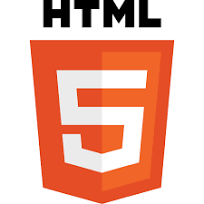Ch-Heading Tags (blog 3)
IN THIS BLOG WE ARE GOING TO LEARN THE HEADING TAGS Coding : Output : Heading tags : It consists of <h1> to <h6> tags. Where <h1> is the largest and <h6> is the smallest, first we will have to write the heading tag <h1> (you can use any heading tag) than write what you want, after writing use (this symbol to close the tag </>) </h1> (close the tag that you have use ex: you had use <h4> tag than close it with </h4> tag). Write this inside the <body> and </body> tags. HOW TO SAVE IT : After writing the coding in notepad (or in any application) click (ctrl + s) to save, after clicking i window will be display. Than select where you want to save the file. Than give a name to your file (for example :- aajcodings), but use the (.html or .htm) extention after you file name ( eg :- aajcodings.html) , than click on the save button . And you file will be saved.

.png)
.png)

Comments
Post a Comment